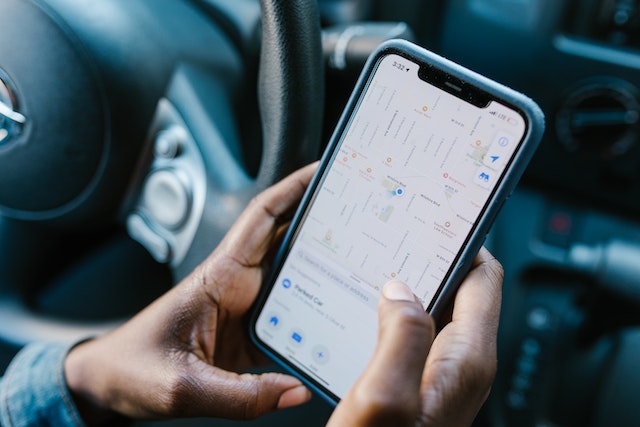GPS technology, or Global Positioning System, has been instrumental in helping people navigate and find their way around since it was first introduced in automobiles in 1995. Initially, the GPS project was founded in 1973. Today, GPS is used in many devices, from cars to smartphones, to help people navigate and find their way around. This text will explore some of the interesting facts about GPS technology that will help you on your quest to find your way around.
1. It Was Primarily Used by The U.S. Army
The U.S. Army was the first to use GPS technology in a military setting. The service used it to help soldiers navigate, find their way around, and detect when enemies were spoofing their location. Today, the military is one of the primary users of GPS, with the Department of Defense and the Department of Transportation each using GPS in various ways to help improve transportation and transportation safety. Currently, GPS is the lifeline of the financial and GPS capital markets.
2. Accuracy Decreases While on The Move
Although we have increased the accuracy of GPS-based navigation using differential corrections, the overall accuracy of GPS technology has not increased as much as expected. This is largely because GPS signals were originally radio waves transmitted from satellites. Radio waves have certain strengths, such as travelling long distances without losing power. They also travel quickly and are not easily affected by weather, so it is possible to get a reliable signal even though you can see only a few meters in all directions.
3. There Are 32 GPS Satellites in Orbit
The U.S. Department of Defense manages the GPS constellation, which consists of 32 satellites in orbit. The GPS constellation is maintained through a constellation management system that uses ground stations to determine the accuracy of the constellation’s position. The GPS constellation comprises several satellites at various stages of their life cycle. The satellites orbit at an angle of 108.1 degrees to each other, which makes it possible for them to cover the entire earth.
4. GPS Uses the Doppler Effect
The Doppler Effect is when the wavelength of an incoming sound or other source is shortened as it nears you and causes the pitch to drop. While the satellites maintain their distance, the Doppler Effect causes them to move slightly relative to each other, causing the signal to shift slightly in frequency. This is what is known as “frequency modulated,” or FM. Because the FM signal is a relatively weak signal transmitted at low power, it can be picked up from a long distance, even over mountains.
5. GPS Can Track Your Pets’ Location
The GPS technology used in pet collars can be used to track the location of your pets. GPS collars use similar technology to track the location of people, but they also contain a radio transmitter that can be used to transmit a signal to nearby satellites. This allows the GPS collar to transmit a signal that can be used to triangulate the location of your pet. In addition to your pet’s location, the GPS collar can also transmit information about your pet’s activity, such as how many steps your pet has taken or whether your pet has been in a certain area.
6. GPS Shoes Are Available in the Market
GPS shoes contain electronic tags that contain an electronic transmitter and receiver. The transmitter is usually attached to the bottom of the shoe and sends a signal that can be picked up by a receiver and then received by a monitoring station. Alzheimer’s patients often use shoes to help track their movements and find them when they get lost.
7. The Earliest Version of GPS Was Referred as Navstar
Navstar was the first GPS satellite system. The name Navstar was derived from Navigation Satellite Timing and Ranging, a system used to determine the location of the satellites. Navstar consisted of 13 satellites that were launched between 1978 and 1984. The first functional Navstar system was operational in 1985.
Closing Thoughts
The effect of GPS technology on society has been tremendous. Satellite-based navigation has expanded the world in countless ways, giving more control of lives and increasing work efficiency.








